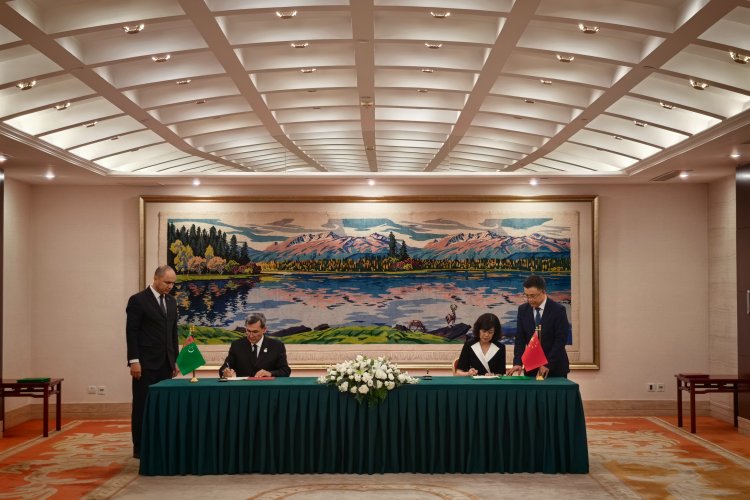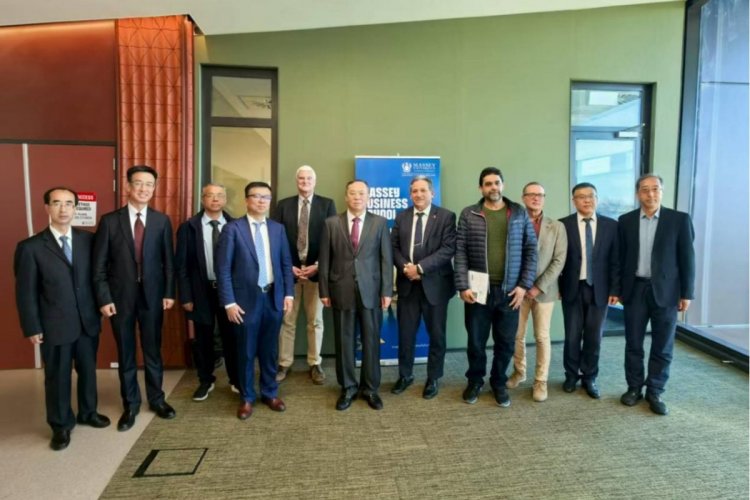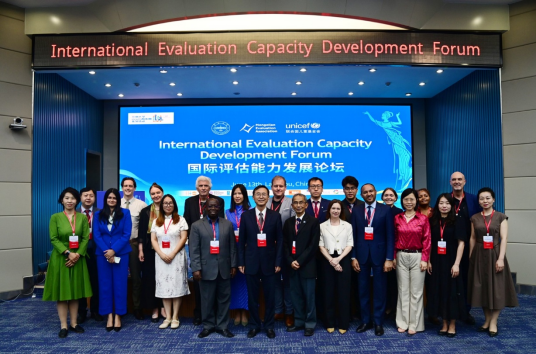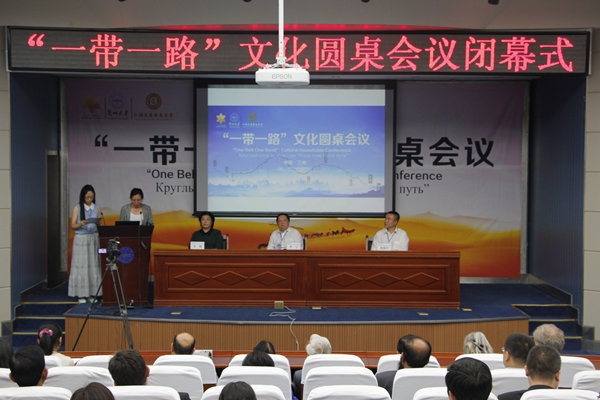
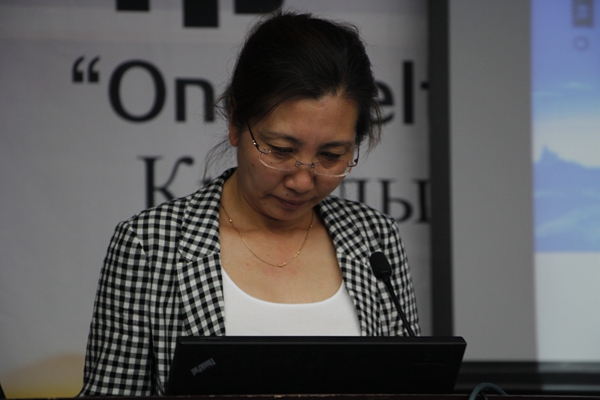


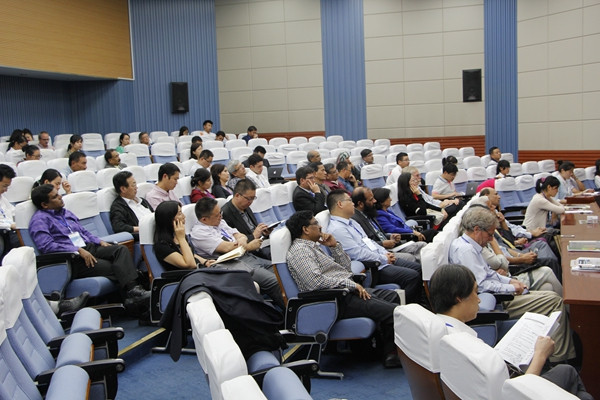
To seek consensuses in exchange and to increase win-win solutions in cooperation,
the ‘one belt one road’ cultural roundtable conference jointly hosted by CSCLF and
Lanzhou University was successful closed in the afternoon of August 25th. Li Ning,
the secretary-general of CSCLF, Long Ruijun, chief of Scientific Research Division of
LZU attended the closing ceremony, hosted by Song Jiang, deputy director of Liaison
Department of CSCLF.
In the closing ceremony, Ding Shuqing, representative from cultural exchange
symposium, Yang Lijuan, representative from regional cooperation symposium and
David Molden, representative from university cooperation symposium made
conclusive speeches respectively. At last, Long Ruijun made a conclusive speech on
behalf of the hosts.
After Chinese President Xi Jinping put forward the thought of jointly building the
"Silk Road economic belt" and "21st Century Maritime Silk Road", the meeting was
the first international symposium jointly organized by Chinese universities and
charitable organizations. In this two-day conference, participants reached many
constructive consensuses through equal dialogue, frank exchange and brainstorming.
These consensuses could be summarized into the following three aspects:
Firstly, to take the principle of “joint discussion, joint building and joint sharing” to
promote the “One Belt and One Road” construction, we should not only actively
promote the regional economic exchange and cooperation, but also appreciate the
cultural heritage and humanistic spirit. We should further deepen the friendly,
non-governmental and practical cooperation between countries along the Silk Road.
We hope that countries along the Silk Road economic belt and Maritime Silk Road
can promote the ideas of communication、integration、dialogue and win-win for
flourishing and peaceful Eurasian regions by cross-border and cross-civilization
activities.
Secondly, the “One Belt and One Road” construction should break the traditional
regional economic mode, and rebuilt a new and efficient one. Guided by concepts and principles recognized by different countries, we need to promote a higher level
cooperation of the broadened contents, including industrial transformation, further
trading, deep investment and cooperation. We also need to deepen cooperation in the fields of humanity, education, science and technology, ecology, environment, etc. to achieve normalization of policy communication and liberation of trade and investment.
Thirdly, in an age that features in the ever deeper integration of knowledge and
economy, higher education has become a key force to promote social and economic
development. To promote a better communication of education among countries along the roads, especially the exchange of higher education, is of great significance for the construction of “One Belt and One Road”. The countries along the road should further encourage all forms of the personnel exchange among higher educational sectors and, by the way of educational resources sharing in more frequencies and of higher level, scientific and technical cooperation and personnel exchanges, provide more experts and intellectuals for the construction of “one belt one road”.
During the meeting, LZU signed a lot of cooperation agreements on teachers and
students exchange and resource platform sharing with Irkutsk University of Russia,
etc. Himalayan University Consortium(HUC) recruited members from University of
Chinese Academy of Sciences, University of Science and Technology of China, Kunming Institute of Botany, etc. and revised the consortium charters . Members of steering committee are elected by voting.
"One belt one road" cultural roundtable conference has drawn a wonderful close after
two days’ academic discussion and exchange. Although two days flies, the spirit of
cooperation has been rooted in the experts’ hearts from 21 countries, of which China
is included. The experts and scholars will promote the related cooperation and
development in political, economic, cultural, technological, ecological and many other areas along the silk road economic belt.


